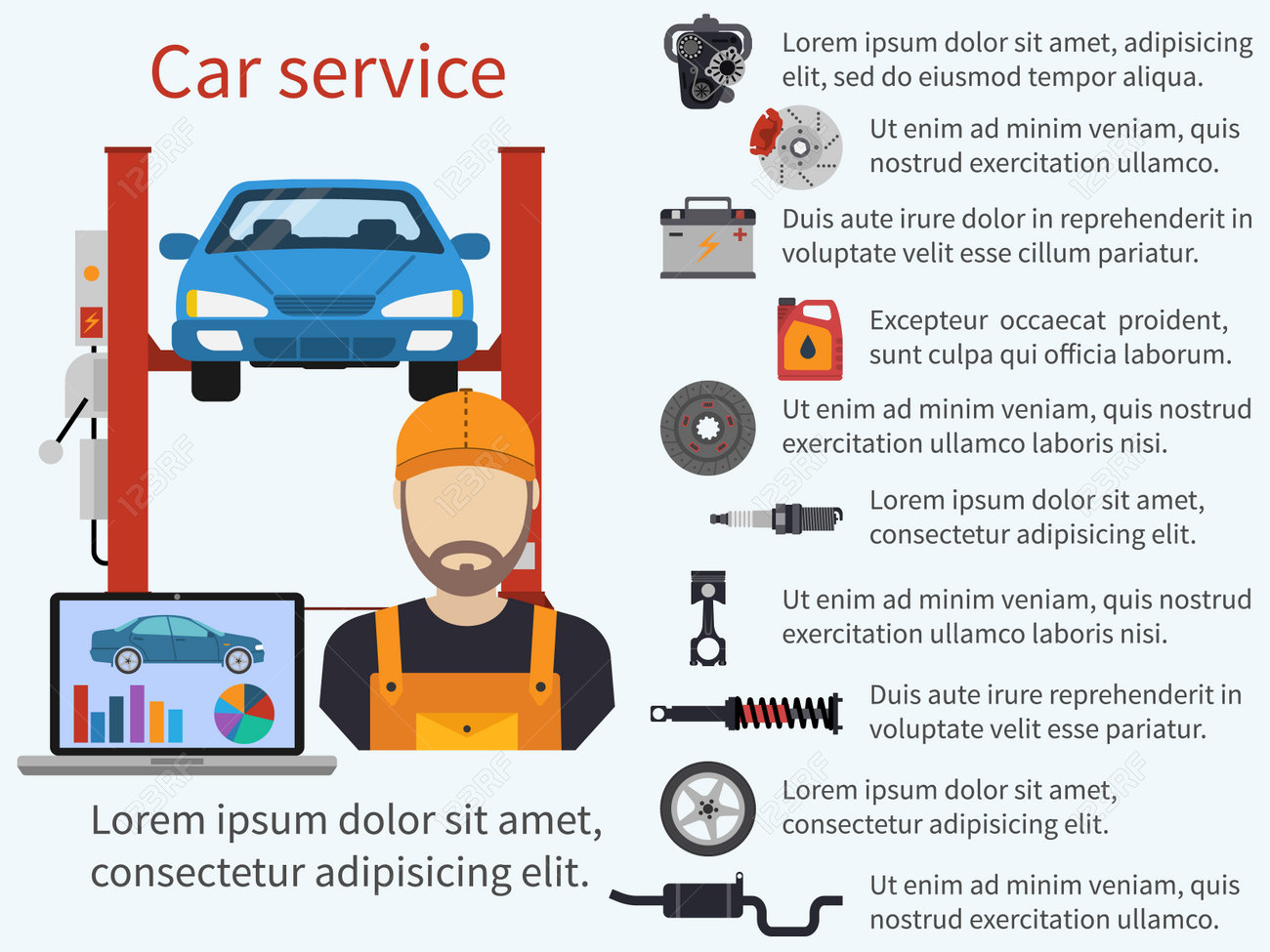Eager To Know What The Dashboard Caution Lights In Your Auto Represent? Discover Their Definitions For The Well-Being And Safety And Security Of Your Vehicle
Eager To Know What The Dashboard Caution Lights In Your Auto Represent? Discover Their Definitions For The Well-Being And Safety And Security Of Your Vehicle
Blog Article
Web Content Author-Hartley Shepherd
When you're behind the wheel, those radiant warning lights on your dashboard can be a little bit perplexing. Do you recognize what they're attempting to tell you regarding your vehicle's health and wellness? Recognizing the importance of these lights is vital for your safety and security and the long life of your car. So, the following time one of those lights appears, wouldn't you intend to analyze its message properly and take the necessary steps to resolve it?
Common Warning Lighting and Interpretations
Identify typical warning lights in your car and recognize their meanings to guarantee risk-free driving.
The most typical caution lights consist of the check engine light, which signals issues with the engine or exhausts system. If this light comes on, it's important to have your lorry inspected promptly.
The oil pressure advising light suggests reduced oil stress, calling for prompt focus to prevent engine damage.
A flashing battery light might suggest a malfunctioning charging system, possibly leaving you stranded if not dealt with.
The tire stress tracking system (TPMS) light informs you to reduced tire pressure, influencing car security and fuel efficiency. Ignoring this might lead to harmful driving conditions.
The abdominal light indicates a problem with the anti-lock stopping system, compromising your capability to quit swiftly in emergency situations.
Finally, the coolant temperature level warning light warns of engine getting too hot, which can result in severe damages if not dealt with swiftly.
Recognizing https://ecu-remapping51627.bloggosite.com/36846448/a-detailed-resource-outlining-the-essential-devices-required-in-every-vehicle-service-center-revealing-the-crucial-elements-for-effective-vehicle-upkeep will help you attend to concerns quickly and maintain risk-free driving problems.
Significance of Prompt Attention
Recognizing the usual caution lights in your vehicle is only the very first step; the relevance of promptly addressing these warnings can not be stressed enough to ensure your safety and security when driving.
When https://www.autonews.com/finance-insurance/fi-providers-balancing-parts-labor-inflation-product-pricing brightens on your control panel, it's your cars and truck's way of communicating a possible issue that requires attention. Neglecting these warnings can result in more serious issues in the future, jeopardizing your security and potentially costing you extra in repairs.
Prompt focus to cautioning lights can prevent break downs and accidents. For example, a blinking check engine light might show a misfire that, if left ignored, might trigger damages to the catalytic converter. Addressing this promptly can conserve you from a costly repair work.
In a similar way, a brake system alerting light may signal reduced brake fluid or worn brake pads, vital parts for your safety and security when driving.
Do It Yourself Troubleshooting Tips
If you notice a caution light on your control panel, there are a couple of DIY troubleshooting pointers you can attempt before looking for specialist help.
The very first step is to consult your car's handbook to recognize what the details caution light shows. Often https://airliftperformancekits17394.bloginder.com/30889194/understanding-the-significance-behind-your-automobile-s-warning-lights-a-thorough-appearance can be as straightforward as a loose gas cap activating the check engine light. Tightening the gas cap might deal with the issue.
Another common issue is a low battery, which can cause numerous alerting lights. Examining the battery links for corrosion and ensuring they're safe and secure might repair the problem.
If a warning light lingers, you can try resetting it by separating the automobile's battery for a couple of mins and afterwards reconnecting it. Additionally, checking your vehicle's liquid degrees, such as oil, coolant, and brake liquid, can assist fix alerting lights related to these systems.
Final thought
In conclusion, understanding your cars and truck's warning lights is necessary for keeping your car running efficiently and safely. By immediately addressing these informs and understanding what they mean, you can stay clear of pricey repair work and possible failures.
Bear in mind to consult your auto's guidebook for specific details on each cautioning light and do something about it accordingly to ensure a hassle-free driving experience.
Stay informed, remain secure when traveling!
